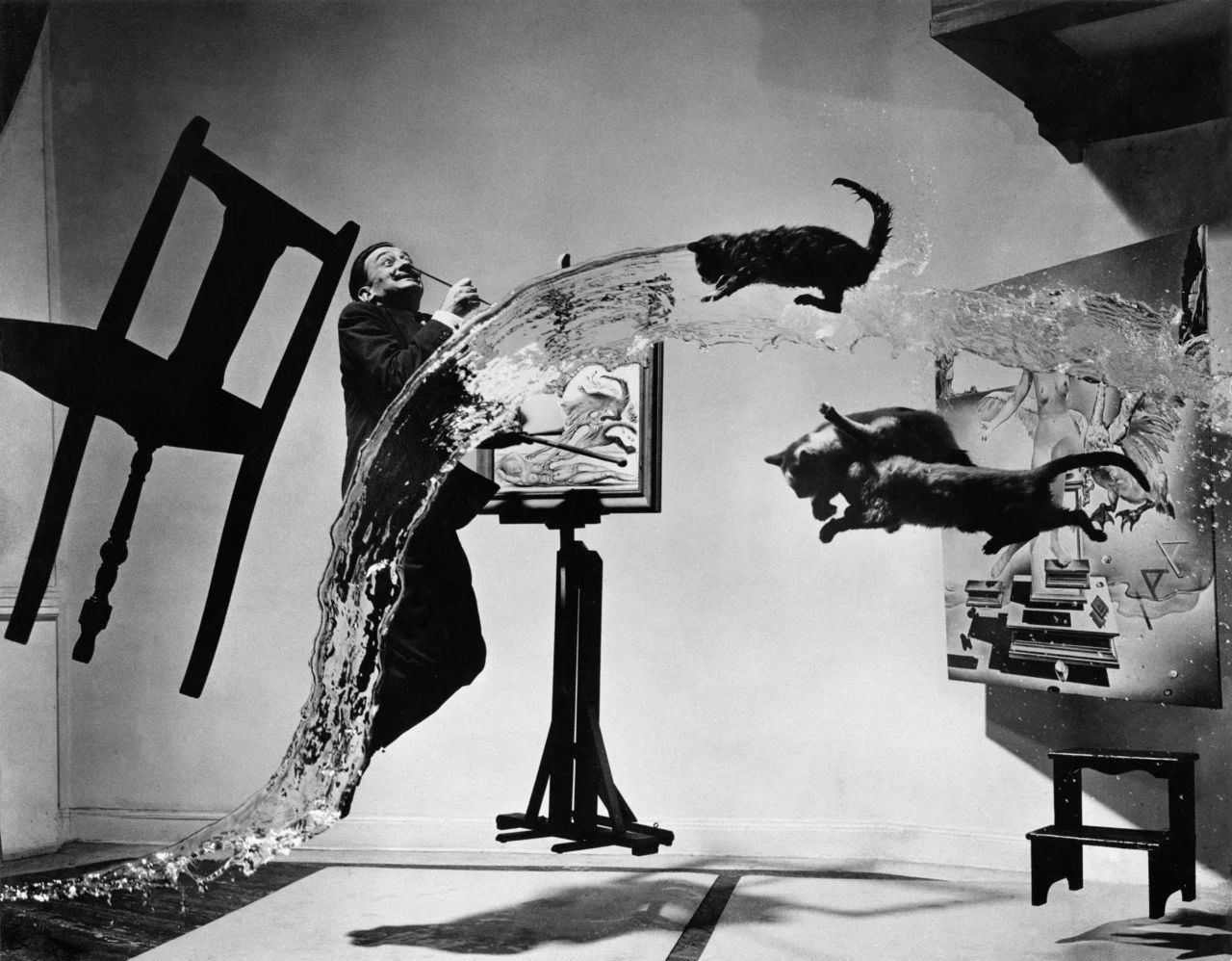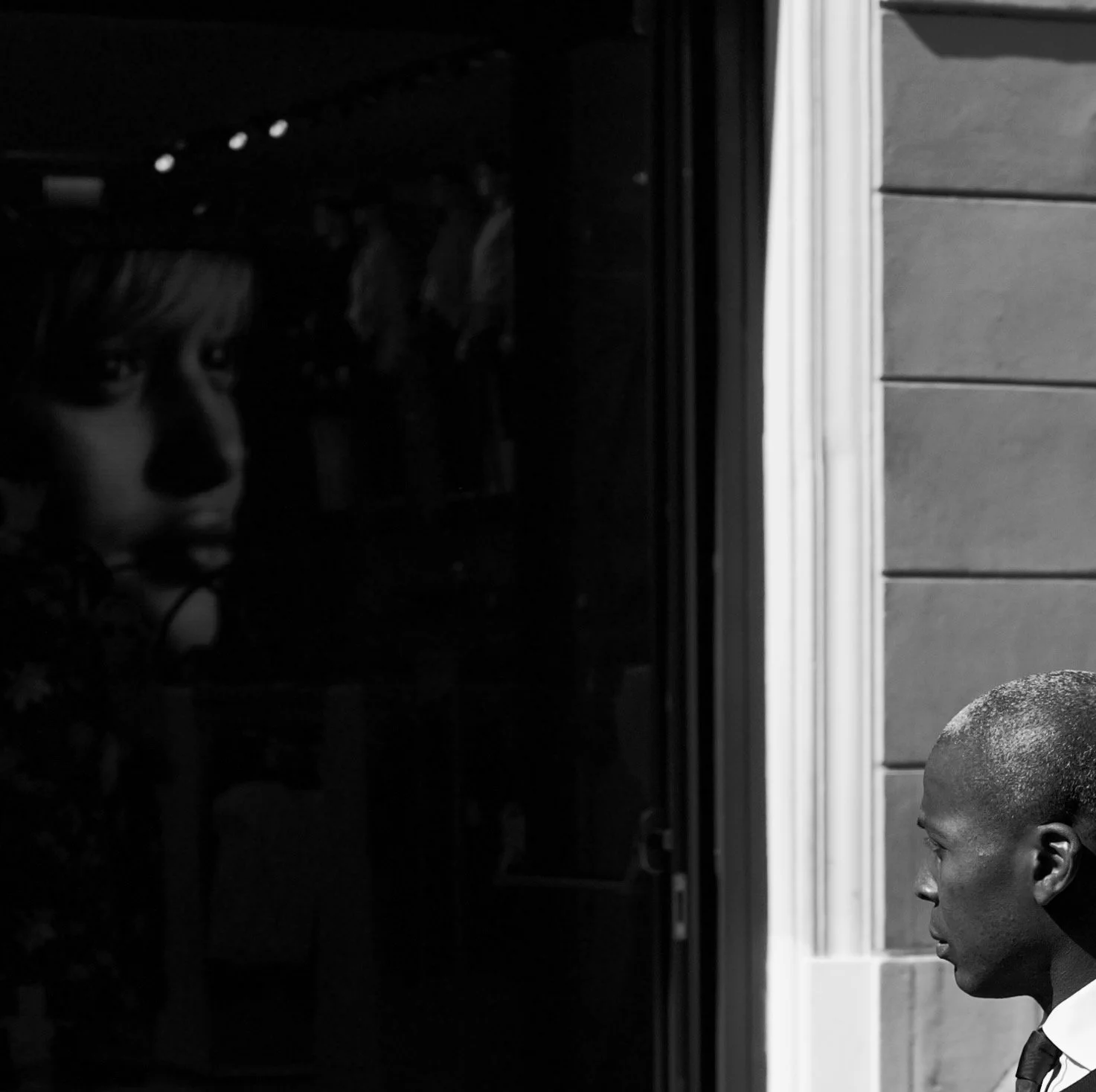Rules, rules, rules…
… we all know that they exist, that they must be followed (safety), that they can be followed (social, relationships), but not all of us know that they can be broken (art). What's more, you can create new ones! This is especially visible in photography, which, at a superficial glance, has only a few of them. If we are just starting our adventure with photography, the first textbooks and courses lead us to the rule of thirds, perspective, lines, framing... (see ex. https://www.youtube.com/watch?v=7ZVyNjKSr0M or https://www.youtube.com/watch?v=MYlgj1hwcYw).
And that's ok.
But we don't want to just be ok... We want something more. We want inspiration, we want new opportunities, we want a different approach, which makes known situations, objects, places take on a new, unique personal point of view... This is where the famous 20th century photographer Phillippe Halsman comes to the rescue (see: https://www.philippehalsman.com/ ). An amazing figure in the history of photography. He constantly explored the boundaries behind which the answer to the question lies - who is the person portrayed? Although he primarily portrayed people, he discovered that the basic rules were not enough to extract his true nature from the "object".
So he wrote down his own rules... very inspiring rules:
* the rule of the direct approach
* the rule of the unusual technique
* the rule of the added unusual feature
* the rule of the missing feature
* the rule of compounded features
* the rule of the literal or ideographic method
More from Mr. Halsman:
https://en.wikipedia.org/wiki/Philippe_Halsman
More from others:
https://www.youtube.com/watch?v=hfvPR-VMVAY
https://www.youtube.com/watch?v=0gWygt3nqpY
Armed with such knowledge, you can add your own rules, unknown to anyone.
Show them to us. As Philippe Halsman said - "Amaze me!"
Photos in gallery and cover: Philippe Halsman
Photos: My Private Archive







